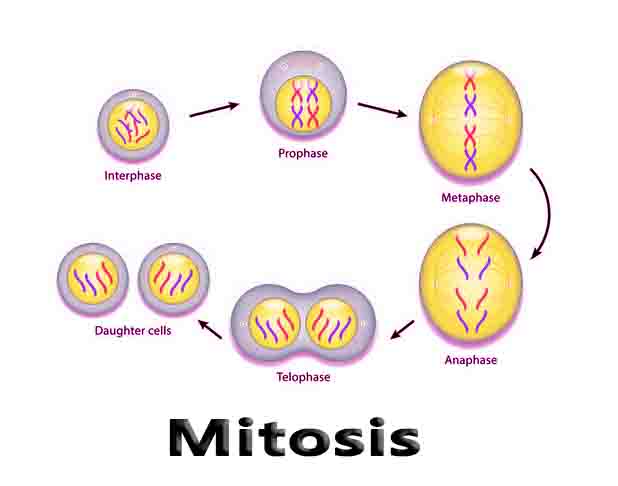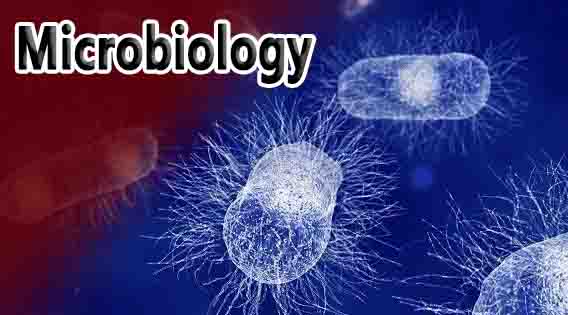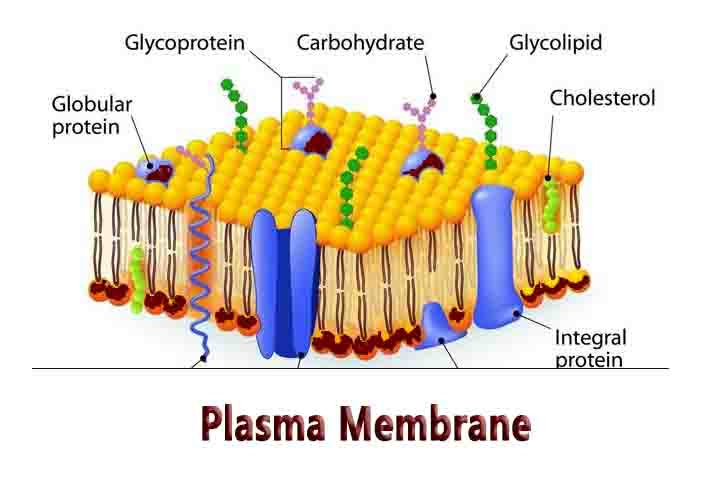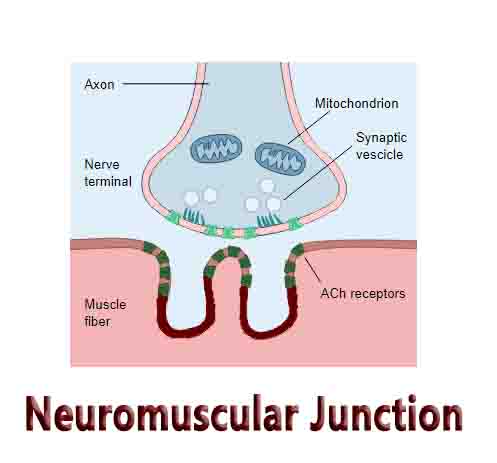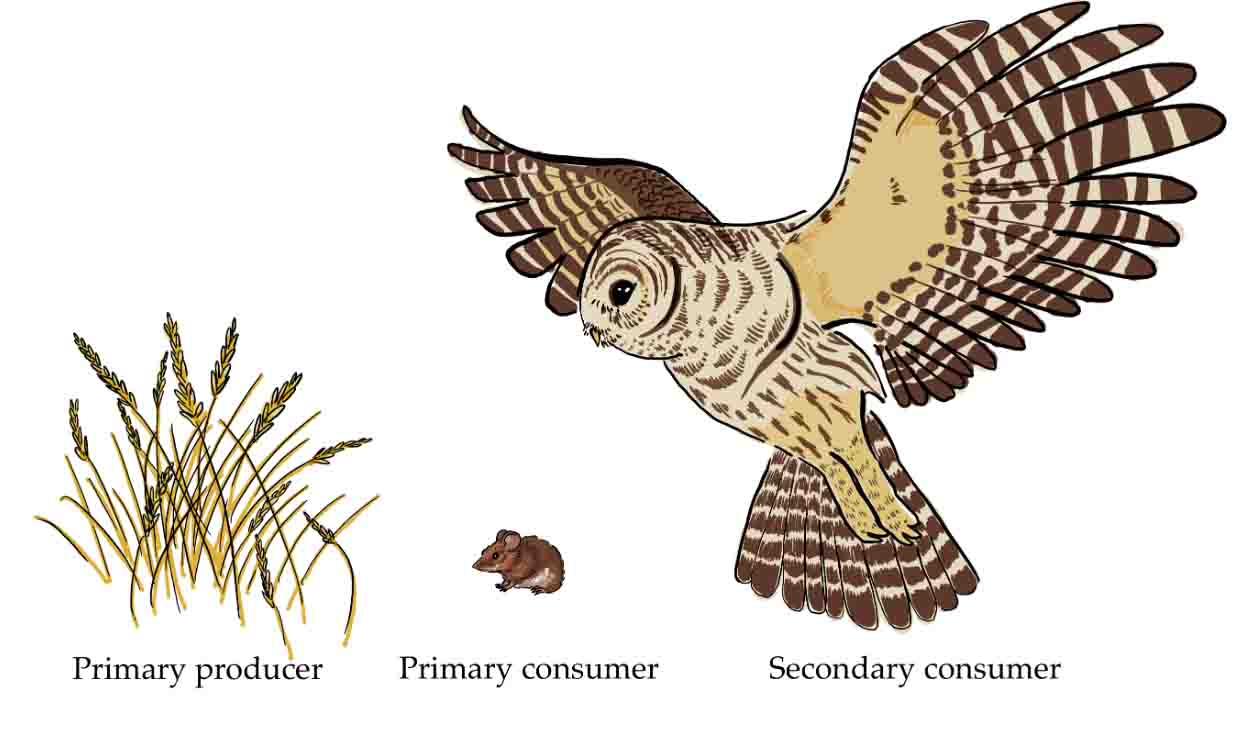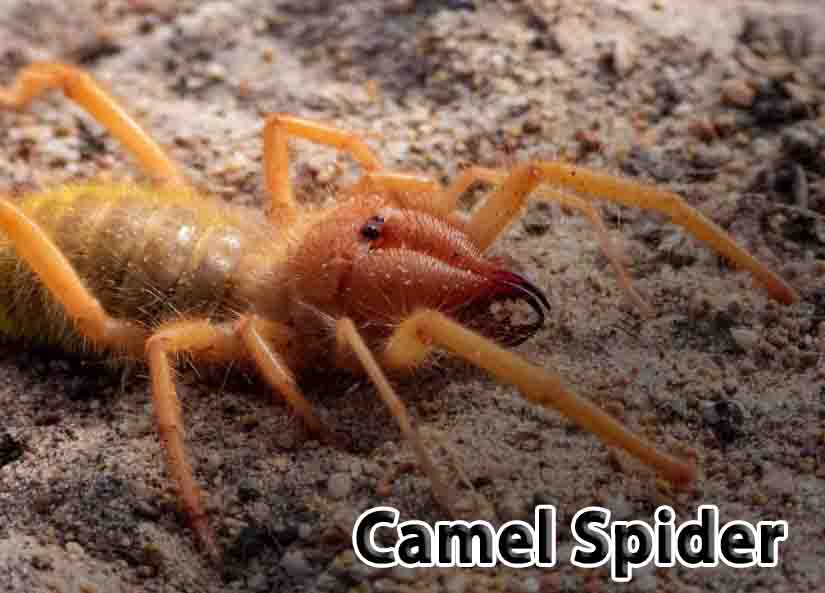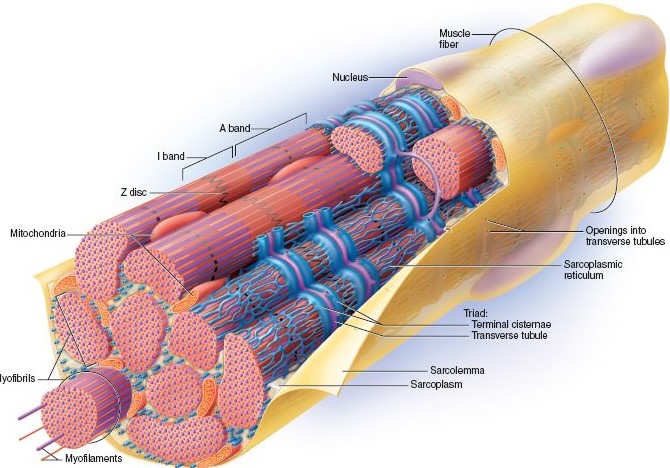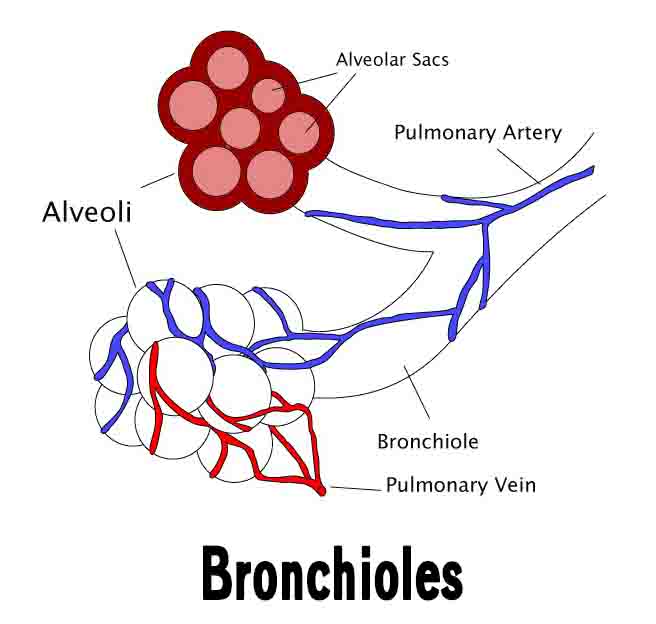Mitosis
Mitosis Definition Two new cells are formed during mitosis, the step in the cell cycle when the newly duplicated DNA is separated. The process of asexual reproduction is important for single-celled eukaryotes. Multicellular eukaryotes undergo mitosis in order to become an entire organism. The other stages in the cell cycle include growth and the replication … Read more

